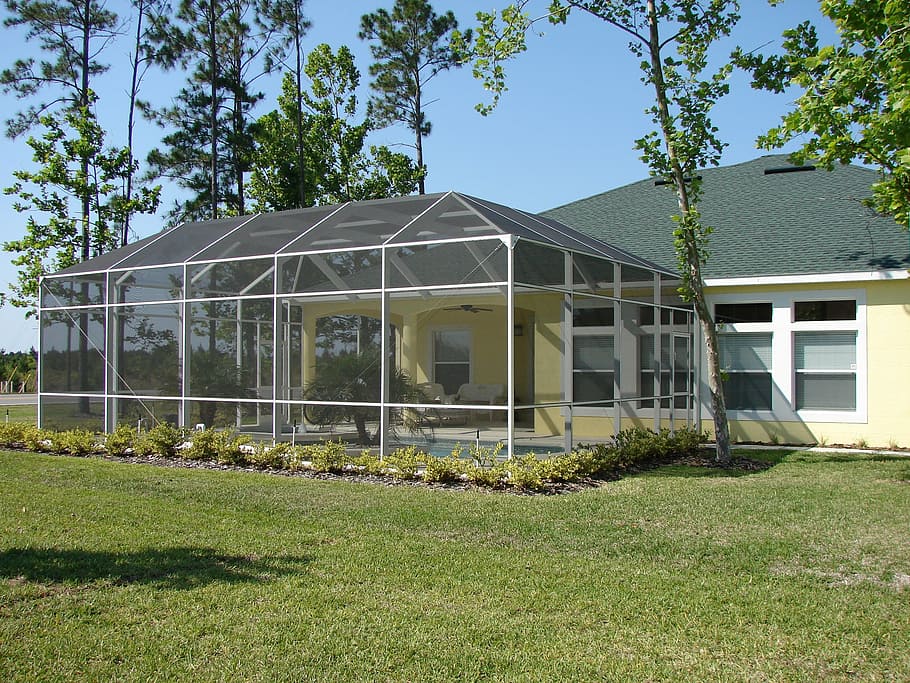
When it comes to home additions that bring the outdoors in, two terms often come up: sunroom and solarium. While these terms are sometimes used interchangeably, they refer to distinct structures with different features and purposes. In this article, we’ll explore the difference between a sunroom and a solarium to help you understand their unique characteristics.
Definition of a Sunroom:
A sunroom, also known as a four-season room or a Florida room, is an enclosed living space attached to a house. It is designed to provide an area where you can enjoy natural light and outdoor views while being protected from the elements. Local sunroom contractors typically have large windows, allowing ample sunlight to enter the space. They are often insulated and equipped with heating and cooling systems, allowing for year-round use.
Features of a Sunroom:
Sunrooms are designed to be an extension of the existing living space. They blend seamlessly with the architectural style of the house and can be used for various purposes, such as a lounge area, dining room, or home office. Sunrooms offer a comfortable environment with controlled temperatures, allowing you to enjoy the outdoors without exposure to extreme weather conditions.
Definition of a Solarium:
A solarium, also known as a sunroom manufacturer, is a structure primarily made of glass. It is specifically designed to maximize the amount of sunlight that enters the space. Solariums are often freestanding structures, although they can also be attached to a house. They are typically surrounded by floor-to-ceiling windows and have a glass roof, creating an immersive experience of being outdoors while indoors.
Features of a Solarium:
The defining feature of a solarium is its extensive use of glass. The purpose of a solarium is to provide a space where you can enjoy sunlight and the surrounding outdoor views throughout the year. Solariums are usually used as garden rooms, plant rooms, or spaces for relaxation and contemplation. They may or may not be insulated or equipped with heating and cooling systems, as their main focus is on capturing natural light.
Differences in Design and Function:
The main difference between a sunroom and a solarium lies in their design and intended use. Sunrooms are designed to be functional living spaces that offer year-round comfort and protection from the elements. They are often connected to the main house and serve as an extension of the existing living area.
On the other hand, solariums are designed to be light-filled spaces that prioritize the enjoyment of natural light and outdoor views. They are often separate structures and are used primarily for relaxation or to showcase plants and gardens.
Conclusion:
While sunrooms and solariums share the goal of bringing the outdoors in, they differ in design, features, and purpose. Sunrooms are fully enclosed living spaces that provide year-round comfort and protection, while solariums are glass structures that focus on capturing natural light and outdoor views. Understanding the differences between these two terms can help you choose the right option based on your needs and preferences for an indoor-outdoor living experience.